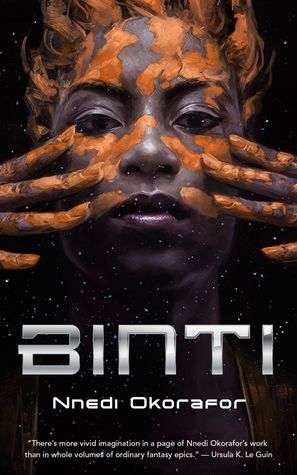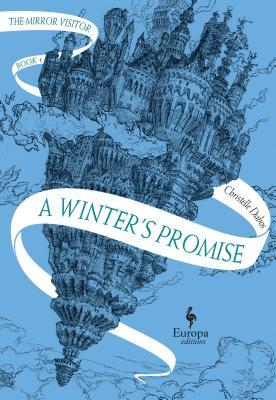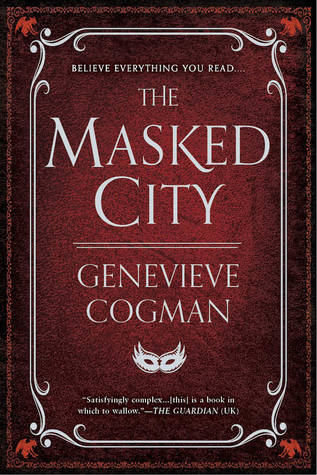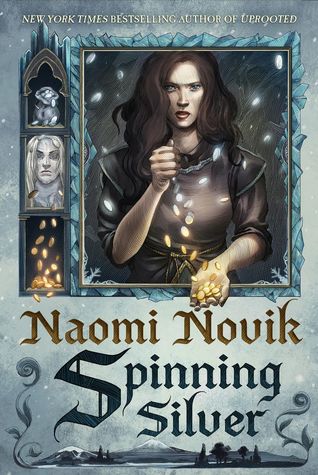 Title: Binti: Home
Title: Binti: HomeSeries: Binti #2
Author: Nnedi Okorafor
Source/Format: Borrowed from the library; paperback
More Details: SFF
Publisher/Publication Date: Tor.com; January 31, 2017
Goodreads Amazon Barnes & Noble Book Depository
Synopsis from Goodreads...
It’s been a year since Binti and Okwu enrolled at Oomza University. A year since Binti was declared a hero for uniting two warring planets. A year since she abandoned her family in the dawn of a new day. And now she must return home to her people, with her friend Okwu by her side, to face her family and face her elders. But Okwu will be the first of his race to set foot on Earth in over a hundred years, and the first ever to come in peace. After generations of conflict can human and Meduse ever learn to truly live in harmony?I liked Binti: Home more than I did the previous novella in the series. It felt like more of a complete story. A lot of the things I questioned about the first novella were addressed here including if there was any lingering animosity between the Meduse and the Khoush, and how Binti’s friendship with Okwu would affect her time as a student at Oomza University. The first novella was really about one girl traveling from home, whereas in Binti: Home it focused on her journey of traveling back to earth after feeling that it was time to face not only her family but the elders within her community as well. And that was one of the strongest aspects about the novella.
The story picks up a year after the end of the previous novella. Binti is attending the university, but her life is no easier. She has no friends other than Okwu, but seems to enjoy her studies. I also liked the direction that the author took with the character. Okorafor included the fact that Binti experienced nightmares and panic attacks, which necessitated her having to attend therapy. I liked the inclusion of this detail, because it addressed the direct ramifications of everything the character had been through in the first novella. The focus of the trilogy has always been Binti, and she went through a lot. It was a trial both figuratively and literally with themes of self-discovery, and confronting misconceptions and prejudices that have been taught. This is why the progression of Binti’s character was one of my favorite aspects about the story.
There were new characters introduced here, and I liked them well enough. And as was true with the first novella, I liked the technology here. There was also the return of the ship from the first book, Third Fish. (Listen, I just like this ship okay.) Also, the environments described throughout the story were as cool and innovative as the societies sustained by them.
So, Binti: Home was great. The ending was quite a cliffhanger with the fate of a lot of key characters in Binti’s life virtually unknown. Luckily, I had the foresight to check out Binti: The Night Masquerade from the library at the same time as Binti: Home. So I know what my next read will be....




















